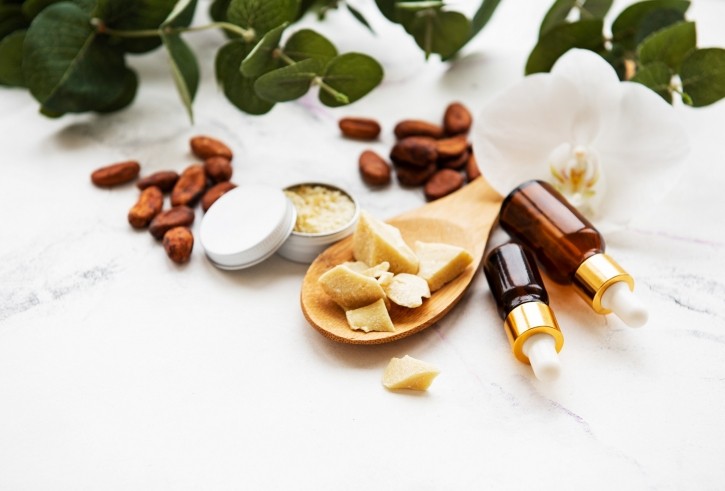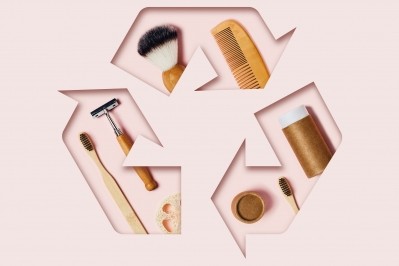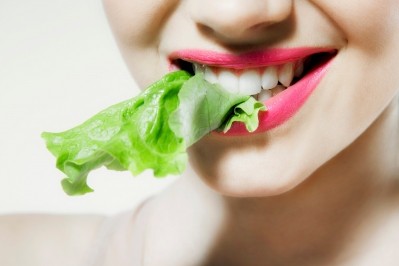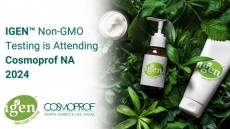Best extraction techniques for “white cocoa” can aid in sustainability

Copoazú butter, sometimes known as white cocoa, is a sought-after ingredient for food and cosmetics due to its lipid content. A study published in Cosmetics analyzes the best techniques to extract Copoazú butter better to support sustainability in the Amazon region of Colombia.
The authors found that non-fermented hydraulic pressing created a butter most like one available commercially.
Copoazú: Ingredient insights
“Cultivating Copoazú is integral to agroforestry systems in the Colombian Amazon, guided by a comprehensive management plan as a non-timber forest product (NTFP),” the authors write. “This strategic approach not only supports the substitution of illicit crops but also contributes to the mitigation of deforestation and addresses the adverse effects of climate change.” It adds economic value by “strengthening rural development and paving the way for the implementation of value chains for biodiversity products with high added value.”
By analyzing the butter extraction process to find best practices, the guidelines can help develop the local industry and improve the quality of what the producers are making, increasing competition. “This, in turn, encourages processes that have the potential to contribute to a genuinely sustainable use of nature and promote Natural Ingredient Value Chains.”
Copoazú is nicknamed white cocoa because its seeds comprise 50% lipids, similar to cocoa butter. The butter made from Copoazú is a natural emollient for cosmetics such as creams, lotions, and soaps. “Essential unsaturated fatty acids (linoleic and arachidonic), which can be found in Copoazú butter, are highly recognized for their impact on inflammation and tissue-healing processes,” the authors write. “The presence of oleic acid further accelerates healing and scar tissue formation, making it a versatile matrix with applications in cosmeceuticals.”
However, the composition of this butter varies depending on the process used post-harvest. This study analyzed four different extraction methods—both fermented and unfermented and expeller and hydraulic pressing—and compared the results to a commercially available Copoazú butter (the control).
Analyses included color, fatty acid profile, IR, triglyceride, and phytosterol analyses. All four test methods used the same Copoazú batch from the same producer.
Study conclusions & potential industry impact
Overall, the authors write, “to obtain a product with similar characteristics to the commercial sample, it is advisable to avoid fermentation and to conduct Copoazú butter extraction using hydraulic pressing.” The non-fermented hydraulic pressed butter was most similar to the control for acidity. “This analysis also showed that there is a greater resemblance between COM (commercial product) and the non-fermented samples,” the authors write.
The authors write that the fermentation process, through acidification of the matrix, could partially hydrolyze triglycerides. Expeller pressing results in higher temperatures than hydraulic due to friction and/or programmed temperature ramp. “Although heating during the extraction step can help improve yields, it can also lead to the degradation of some compounds of interest, such as carotenoids and acylglycerols,” the authors write.
While the unfermented process was preferable for this study, “the presence of campesterol [found in the fermented processes] could be used as a diagnostic parameter to determine whether fermentation was carried out prior to the extraction of Copoazú butter from the seeds.”
Source: Cosmetics
2024, 11(3), 77; https://doi.org/10.3390/cosmetics11030077
“Effect of Fermentation and Extraction Techniques on the Physicochemical Composition of Copoazú Butter (Theobroma grandiflorum) as an Ingredient for the Cosmetic Industry”
Authors: Orduz-Diaz, L.L., et al.

















